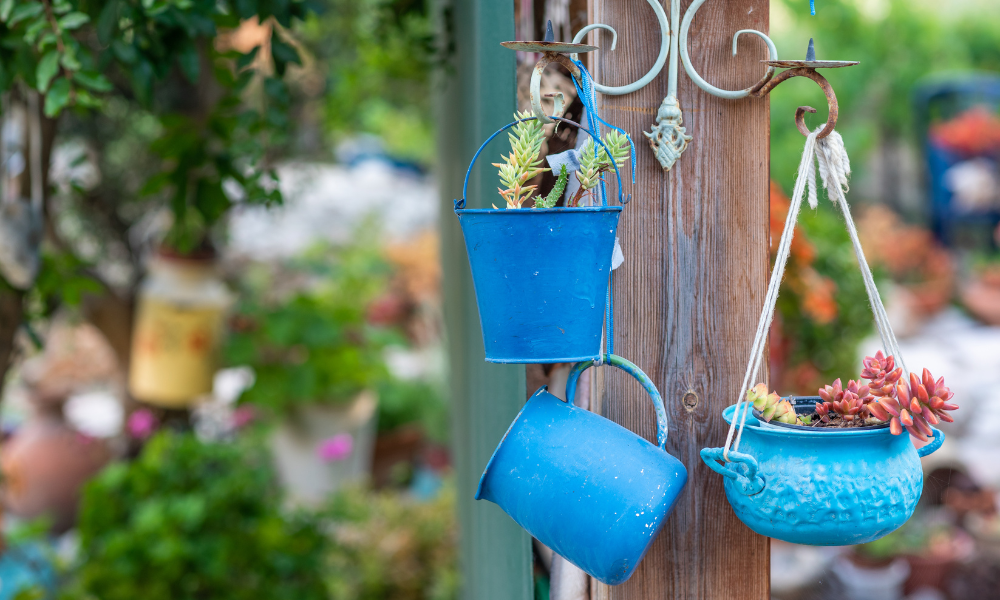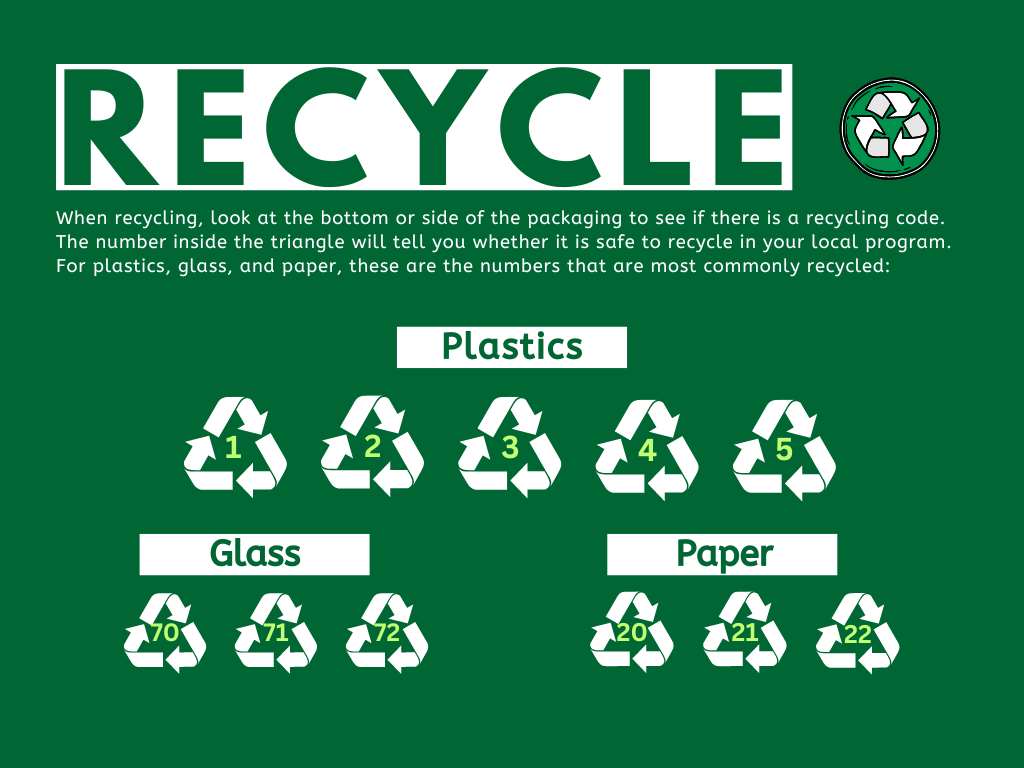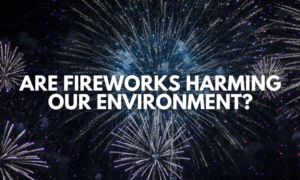It’s 2024, and we’re in the height of Gen Z’s social media dominance. From social movements to pop culture memes, Gen Z has transformed the narratives that grace the “For You” pages of TikTok users all around the world.
Back in 2020, during the height of the COVID shutdown, TikTok was mostly about fun dances and influencer content that had everyone wanting to be in the Hype House. Four years later, the educational sector of TikTok has grown exponentially, boasting the highest engagement rate of any content sector. With this increase in demand for educational content, the sustainability industry has absorbed this attention, allowing the climate issues we face to reach a wider audience.
In the past few months, a new “underconsumption core” trend has emerged on the platform, with creators showing off their minimalist lifestyles. It is defined by anti-consumerism rhetoric that encourages people to only use what is necessary and not be drawn in by influencer movements to keep buying the next best thing.
Let’s take a step back and evaluate this trend and whether or not it adds value to the sustainability movement.
What is Underconsumption?
Think about this for a second: how much do you spend on non-necessities a year? For example, makeup products, furniture, food, decor, gadgets, drinkware, clothes, etc. Probably way too much, right? Instead of buying out of the desire to have something, the mindset of underconsumption encourages us to think about buying out of necessity and sustainability rather than keeping up with the latest trend.
What does this look like? Take a look at the #underconsumptioncore tag on TikTok for the full scope, but here’s an example. Let’s say you’re nearing the last drop of your shampoo or conditioner. Instead of throwing away the bottles when you think it’s gone, this movement prompts users to use every last drop by cutting open the bottles and scraping out the last of the product.
Now, you might be thinking, how is scraping out the last two drops of shampoo going to save the planet? That’s the central question of this microtrend. Are these things that are being shown really doing anything for the sustainability movement? Yes and no.
The sentiment is in the right place, but some of the executions of this trend aren’t really grasping the tangible impact that underconsumption can have.
One of the best things this trend does is de-influence our consumer habits. It’s not within the means of the average person to go to expensive stores every week or have eight versions of the same luxury item. So, this trend reminds people that not having something someone else has is completely fine.
Going Beyond Underconsumption
What this trend does not do, is teach you how to enact actual change.
Okay, so you scraped the last two drops of shampoo out of the bottle and threw the bottle in the trash. You’ve saved your product, but did you think about whether that bottle was recyclable? Did you buy sustainably made shampoo and conditioner to begin with? Recycling is one thing, but you can go even further than that.
Recycling
How do you know if something can be recycled?
For bin recycling, if it’s plastic, glass, or paper, it can usually be recycled depending on its code. But what about larger items that aren’t suitable for bin recycling, like furniture or broken appliances? This is where understanding the benefits of ensuring materials enter the circular, not linear, economy comes into play.
Embracing the Circular Economy
The circular economy prioritizes using materials until their last breath, ensuring they never become waste. As its name suggests, materials go through a circular process involving taking, making, using, repairing, reusing, and recycling. What does this look like in practice?
Imagine your couch has rips and tears from years of use. To make the best use of the materials in that couch, you could have it repaired, DIY the repairs, give it to someone who will upcycle or refurbish it, or find a place that recycles old furniture. The materials from the couch would then re-enter the economy as a refurbished couch, fabric, or wood planks for home projects. There are so many more sustainable options than simply throwing something away when you no longer want it.
Promoting a circular economy goes hand in hand with the concept of underconsumption. When we avoid overbuying and instead use things until they can no longer serve us, we’re aligning with circular principles. While the underconsumption trend hints at this idea, it risks showcasing sustainability as a short-term solution instead of a long-term commitment.
To drive real change, creators need to showcase lifestyle adjustments that have become second nature to them, demonstrating how easy it is to make these switches. The idea of committing to a sustainable lifestyle can feel overwhelming and exhausting to many. TikTok creators have the opportunity to make a significant impact by showing how these efforts lead to tangible benefits, all while maintaining an appealing and aesthetic presentation.
TikTok trends are powerful ways to get important information across. But it’s important to examine just how valuable their input to the social movement actually is. Are they just another fad to get behind, or do they go beyond hopping on the bandwagon to actually educate and encourage environmental change?
If you’re going to be a part of the underconsumption movement, make it count. Think beyond the immediate actions and consider the bigger picture of sustainability. Educate yourself on recycling, choose sustainable products, and inspire others to adopt long-term changes. By doing so, you can transform a fleeting trend into a meaningful movement that truly impacts our world for the better. Let’s turn underconsumption from a viral hashtag into a lasting commitment to our planet.
For more sustainable stories, check out…
Do you follow our social media?
To download our StaffNow app, check out our Linktree!
About EnviroStaff
EnviroStaff is a division of LGC that focuses on making placements in the environmental industry. We build partnerships with clients to fill open positions on their team and have recruiting capabilities within multiple markets throughout the U.S. Working closely together, EnviroStaff will recruit environmental industry professionals based on your job description and requirements. By making direct hire placements, EnviroStaff can help clients save time and money often associated with recruiting.







